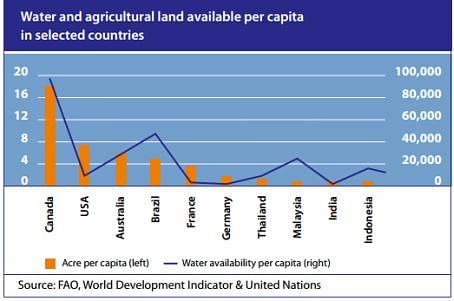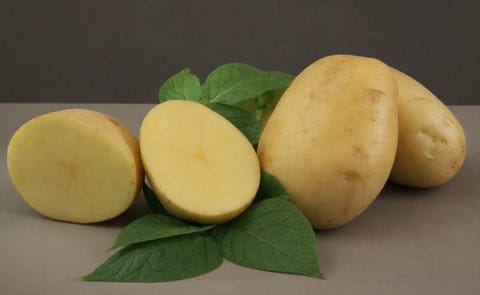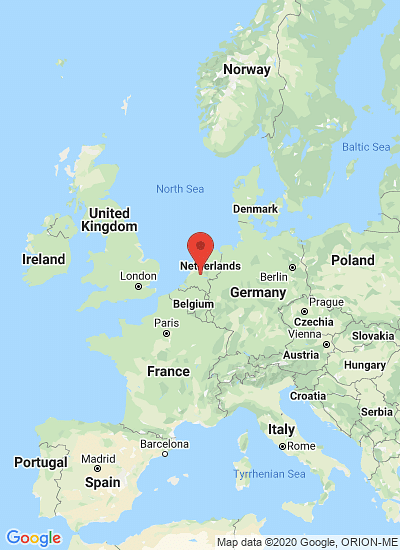Rabobank believes small farmers in developing countries and emerging economies are the key to a successful approach to the world food problem. As their productivity is still very low, a large underexploited food production potential is yet to be unlocked.
The establishment of farmer cooperatives facilitates their connection to the markets and the international food chains and provides access to financial services. The productivity of smallholder agriculture may increase substantially through the interaction between commercial players in the food chain and farming organisations, as well as through partnerships with governments.
The abovementioned conclusions are set out in the “Framework for an inclusive food strategy – Cooperatives: key to integration of smallholders in value chains” report, presented yesterday in Tokyo during the Rabobank Duisenberg Lecture that was held in conjunction with the Annual Meetings of the IMF and World Bank.
The food world is facing a daunting challenge to meet the needs of 9 billion people by 2050. Agriculture is not only expected to produce more food, but also more raw materials for biofuels, biochemicals and fibres. Nearly doubling current agricultural production with fewer resources (land, water and phosphate resources) in a manner that is both socially acceptable and environmentally sustainable seems to be an enormous task. This is illustrated by the fact that in the year 2012 still about a billion people suffer from hunger and malnutrition.

The current large-scale, high-tech agriculture in developed regions (North America and the EU) will not be able to produce the extra food needed to meet the growing demand. The productivity of a growing number of basic food crops in these areas seems to have reached a ceiling and the amount of farmland is slowly decreasing.
Small farmers must be connected to markets and integrated in value chains
Resolving the current and future imbalances in food supply is virtually impossible without tapping into the underused agricultural production potentials of small-scale farms in many developing countries and emerging economies. In these areas, some 500 million small farmers together cultivate about 95 percent of agricultural land, providing up to 80 percent of the population in Asia and Sub-Saharan Africa of food.
Most of the additional food required to meet the strongly growing global demand by 2050 can be realised by improving the low crop yields on existing agricultural land in these areas. This food strategy will entail improving small-scale agriculture particular in Africa and Asia, as they represent the overwhelming majority of farms. Smallholder inclusion presents of number of challenges such as how small-scale farmers can be linked to markets and be integrated into the farm-to-consumer value chains in a way that makes it possible to benefit more from the economies of scale and to capture more value for their products. Moreover, the process of productivity growth through farm (and off-farm) investments and adoption of modern farming techniques have to be facilitated.
Food and Agribusiness (F&A) companies in the value chains will have to source more from smallholders in the decades to come. This implies a transition process in which small-scale producers are stimulated to become economically self-sustaining and small-scale farming is turned into a scalable and competitive business, producing food for local and international food markets in an environmentally sustainable way. A value chain approach to smallholder inclusion is crucial for breaking the barrier of low-farm-income trap.
Collaborating in cooperatives will increase smallholders’ economic power
Small farms often lack access to affordable financial services, knowledge and education, market information, land, water and fertilizers. They must therefore unite in strong producer organisations or - even better - in cooperatives. By working together, they are able to overcome the drawbacks of their small size and fragmented production structure.
There are various ways to increase food production, such as improving yield per hectare, cropping intensification, increasing arable land, reducing post-harvest losses, storage and transport losses, improving irrigation technology and reversing land degradation. However, achieving these gains in practice will require an exceptional level of collaboration among stakeholders in the agricultural value chain, including governments, companies, multilateral institutions and civil society organisations.
Report: "Framework for an inclusive food strategy. Co-operatives: a Key for Smallholder Inclusion into Value Chains"








